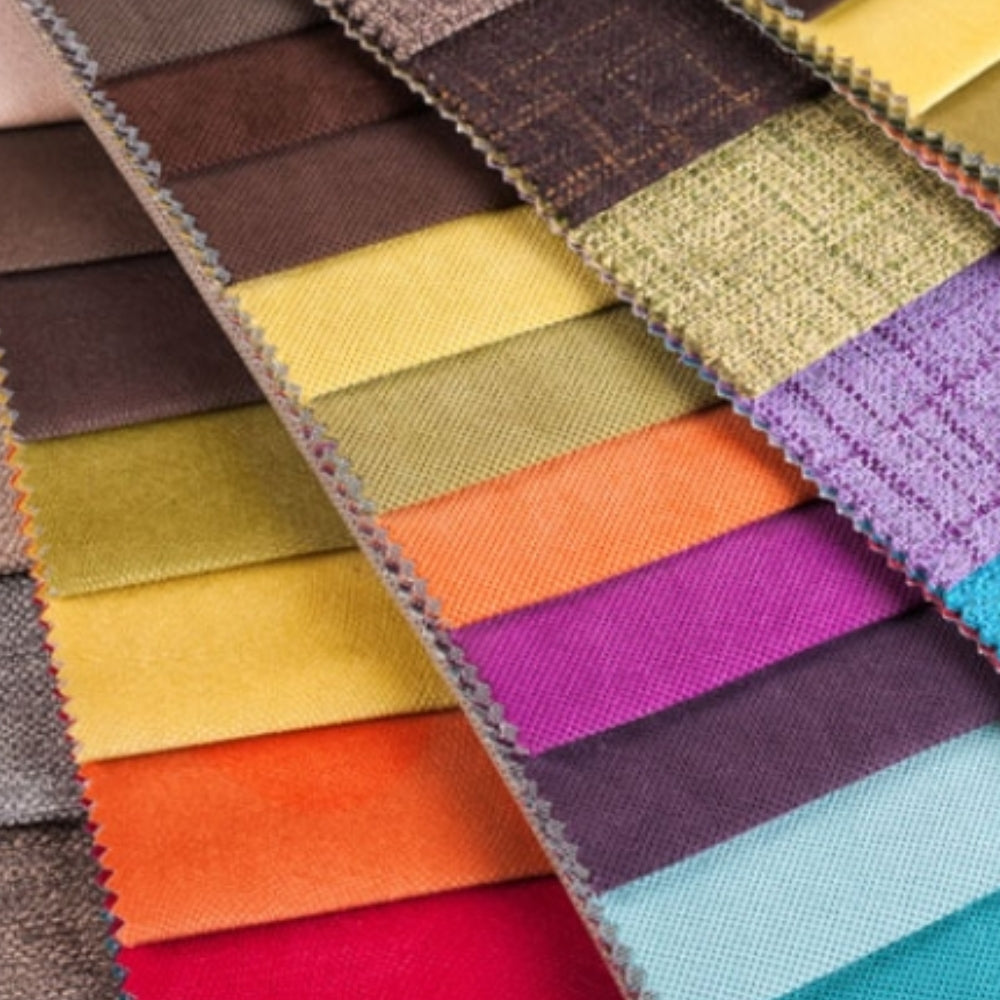Textile is present in most of the fashion products and accessories that we use every day. So what is Textile , what are the advantages and disadvantages of this fabric? Let's find out the details with Blog Shondo through the article below!
1. Key Points
You will get valuable information like:
- Understand what Textile is, classification, characteristics, advantages and disadvantages and how to distinguish it from Fabric and Cloth.
- Use your knowledge of the advantages and disadvantages of Textile to choose the right garment for your needs.
- Apply Textile care tips to keep your clothes durable and beautiful.
- Apply to the selection and arrangement of furniture to make the living space more sophisticated.
2. What is Textile?
The term Textile is not simply about fabric, but also a colorful world of art, combining exquisite craftsmanship and modern industrial aesthetics. Textile encompasses every aspect of the textile industry, from the production process to the final product.
Textile refers to all products created from weaving techniques, including traditional weaving and modern knitting. From everyday clothing such as clothes, gloves, socks, scarves,... Textile covers all aspects of the textile industry.
[caption id="attachment_5620" align="aligncenter" width="800"]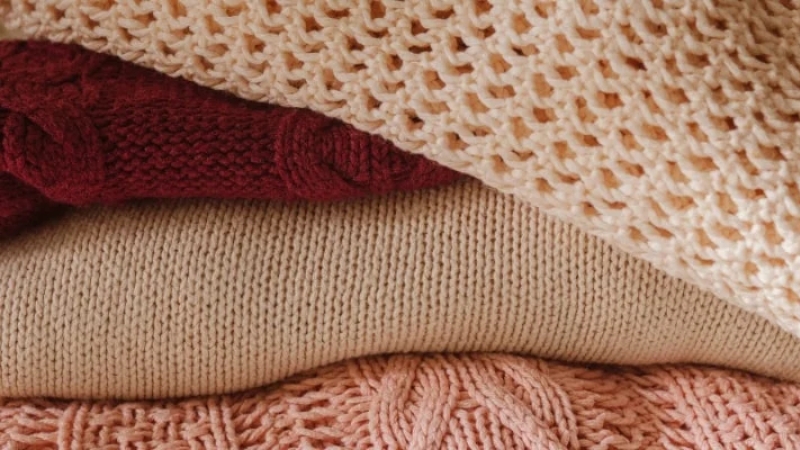 Textile fabric material[/caption]
Textile fabric material[/caption]
3. Textile fabric classification
Textile fabrics, with their diversity in materials and applications, are becoming increasingly popular in the textile industry. To better understand this type of fabric, let’s explore the classification of Textile fabrics below:
3.1. Woven fabric
Woven fabrics are created by interlacing weft and warp yarns perpendicular to each other. They are generally strong, have little stretch, are wrinkle-resistant, and hold their shape well. However, woven fabrics can be less soft and absorbent than knitted fabrics. Some common woven fabrics include cotton, linen, denim, and more.
3.2. Knitted fabric
Knitted fabrics are created by binding loops of yarn together, providing superior stretch, elasticity and softness. These fabrics are often lighter and more breathable than woven fabrics, but are more prone to stretching, losing shape and wrinkling. Some common types of knitted fabrics are spandex , wool, lace, etc.
[caption id="attachment_5621" align="aligncenter" width="800"]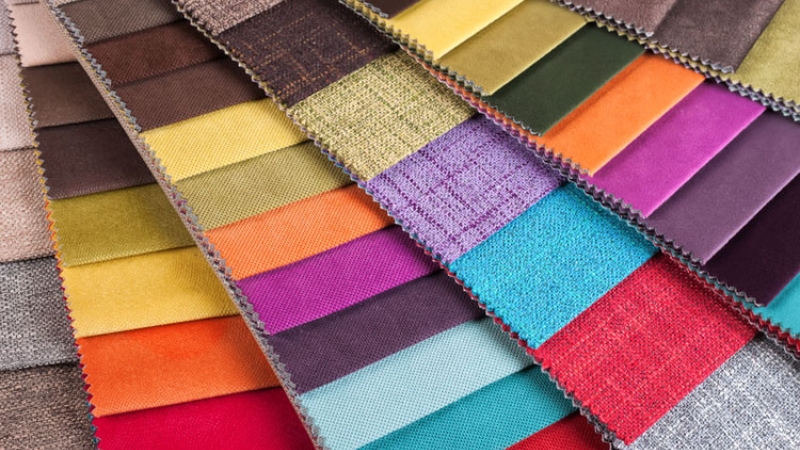 Textile fabrics include woven fabrics and knitted fabrics[/caption]
Textile fabrics include woven fabrics and knitted fabrics[/caption]
4. Characteristics of Textile fabric
Textile fabric is popular because it possesses many outstanding advantages, bringing comfort and convenience to users:
- Cool and soft: The surface of the Textile fabric is light, airy, creating a pleasant, cool feeling when in contact with the skin. The fabric is soft, smooth, non-irritating, providing optimal comfort for the wearer.
- Stretch and keep shape well: Textile fabric has good stretch and elasticity, helping the fabric not to stretch, lose shape or become loose after a long time of use, keeping its beauty as new.
- Good heat retention: Good heat retention, suitable for both winter and summer. In winter, the fabric helps keep the body warm, and in summer, the fabric creates a cool, comfortable feeling.
- Easy to wash: Textile fabric is less wrinkled, so you don't need to iron it after washing. Users can easily wash Textile products by machine or by hand.
Besides the outstanding advantages, Textile fabric also has some disadvantages that users need to pay attention to in order to choose the most suitable product:
- Fabric edges are prone to curling: After a period of use, the fabric edges can curl, losing the aesthetic and sophistication of the product.
- Easily torn: The product can be easily torn by sharp objects, so users need to be careful when using and storing it.
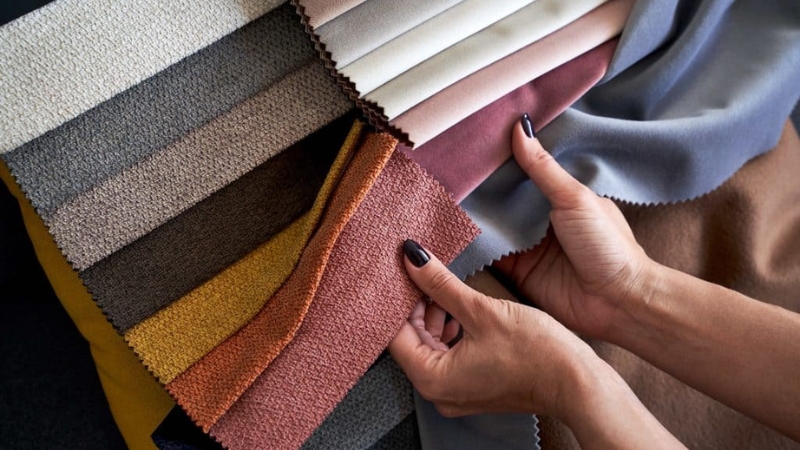 Textile fabric is light, airy and porous[/caption]
Textile fabric is light, airy and porous[/caption]
5. Distinguishing Textile from Fabric and Cloth
Let's review the differences between Textile, Fabric and Cloth to better understand the textile industry and find the right choice for your needs!
5.1. Comparison of Textile & Fabric
Fabric is a term that refers to processed and ready-to-wear fabrics. Meanwhile, Textile is a broader concept, including both processed fabrics (Fabric) and raw, untreated fabrics. Textile has diverse applications, not only in clothing but also in many other fields such as interior design, industry, etc.
5.2. Comparison of Textile & Cloth
Cloth is often used to refer to fabrics woven from natural fibers such as wool or cotton. Compared to Textile and Fabric, Cloth has more limited raw materials and is often used for clothing purposes. It can be said that Cloth is a narrower concept, within Textile and Fabric.
[caption id="attachment_5623" align="aligncenter" width="800"]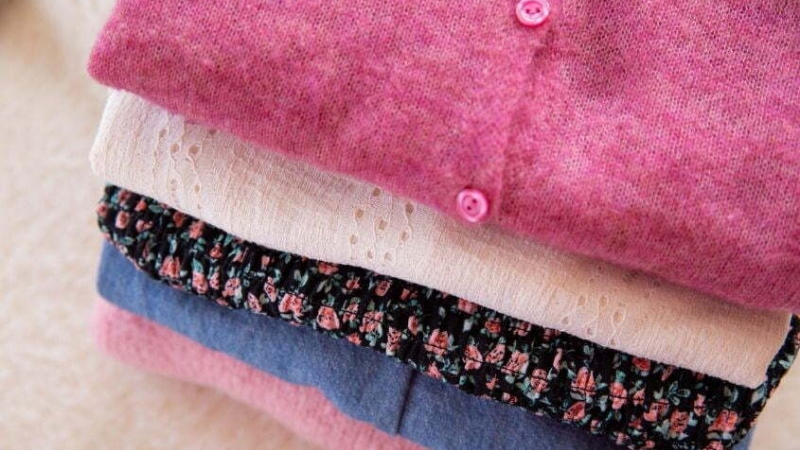 Distinguishing Textile from Fabric and Cloth[/caption]
Distinguishing Textile from Fabric and Cloth[/caption]
6. Applications of Textile fabrics
6.1. In fashion
Textile - a seemingly familiar fabric material has become an endless source of inspiration in the fashion world. The vibrant colors, impressive patterns and sophisticated weaving techniques of Textile have brought artistic beauty, attracting all eyes.
Nowadays, the fashion style using Textile material is gradually becoming a trend pursued by many fashionistas because of its diversity, uniqueness and ability to express individual personality.
[caption id="attachment_5624" align="aligncenter" width="800"]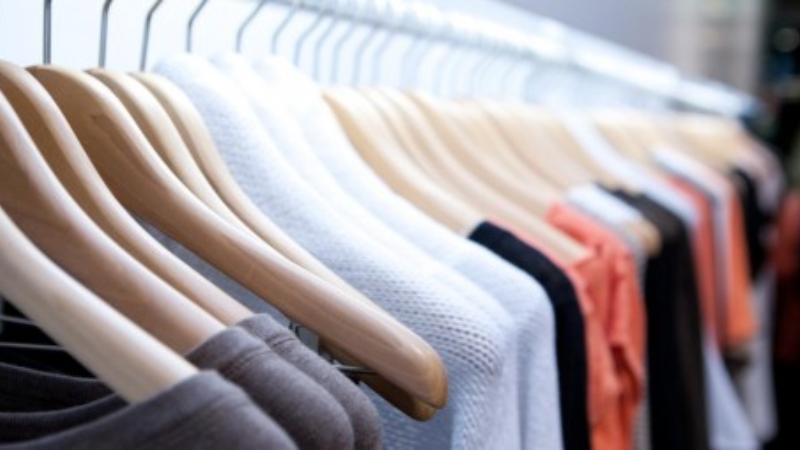 Applications of Textile Fabrics in Fashion[/caption]
Applications of Textile Fabrics in Fashion[/caption]
6.2. In interior design
Textile is widely used in the field of interior design, creating sophisticated and luxurious products. From curtains, carpets, sofa covers to exquisite handmade Textile artworks, all bring unique beauty and personality to the living space.
Textile furniture products are loved for their variety of designs, colors, materials and reasonable prices. The classic beauty mixed with the innovative features of Textile furniture contributes to creating a unique appeal for each space, satisfying the aesthetic needs of many customers.
[caption id="attachment_5625" align="aligncenter" width="800"]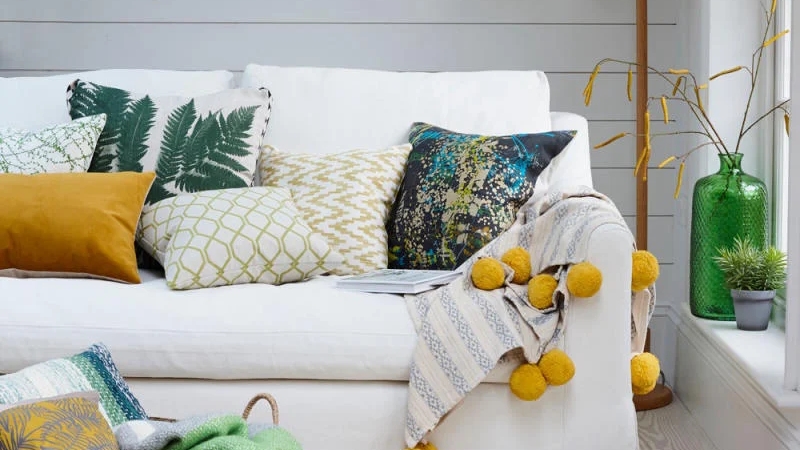 Applications of Textile Fabrics in Interior Design[/caption]
Applications of Textile Fabrics in Interior Design[/caption]
6.3. In the production of blankets, sheets, pillows, and mattresses
Textile fabric is widely used in the production of blankets, sheets, pillows, and mattresses, bringing softness and aesthetics to the bedroom. The diversity of colors and patterns of Textile fabric allows the creation of unique and novel bedding sets, suitable for many decorative styles.
Moreover, the soft, breathable material of Textile fabric also brings a pleasant, comfortable feeling to the user, for a better and deeper sleep.
[caption id="attachment_5626" align="aligncenter" width="800"]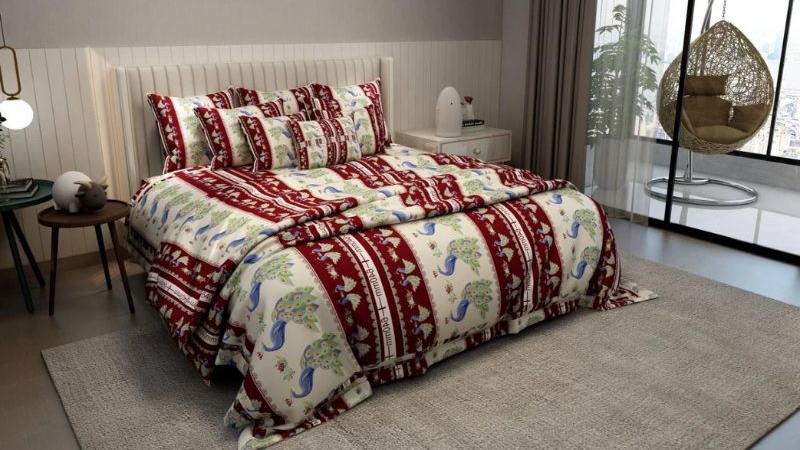 Applications of Textile fabric in blankets, sheets, pillows, mattresses[/caption]
Applications of Textile fabric in blankets, sheets, pillows, mattresses[/caption]
7. Other concepts related to Textile
7.1. Textile Art
Textile Art uses a variety of fabrics to create unique, aesthetically pleasing works. This is a subtle blend of traditional craft techniques and modern artistic thinking.
To create a complete Textile Art work, the artist needs to apply many modern material processing techniques such as Batik dyeing, Shibori design, Sashiko sewing,... combined with manual shaping techniques such as sewing, crocheting, pleating, knotting, embroidery,...
Textile Art works are often displayed at museums or art exhibitions, giving the public a new and impressive look at the beauty of fabrics.
[caption id="attachment_5627" align="aligncenter" width="800"]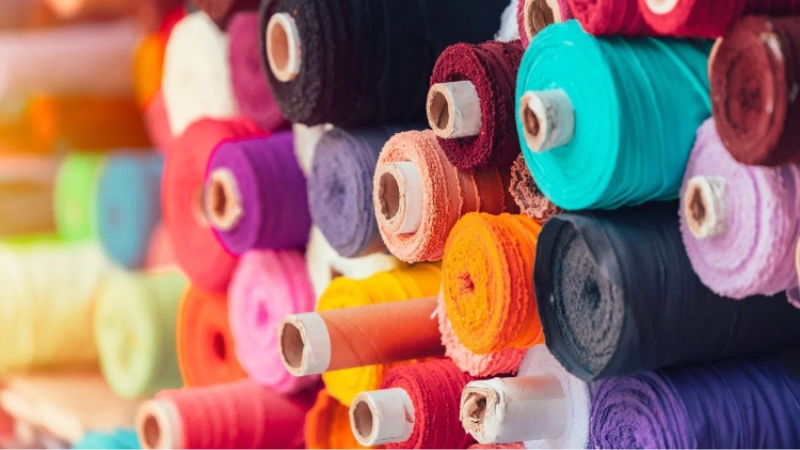 Textile Art[/caption]
Textile Art[/caption]
7.2. Textile Design
Textile Designers play an important role in breathing life into each piece of fabric, combining knowledge of materials, weaving techniques and refined aesthetic taste to create impressive designs.
Not only limited to the fashion field, Textile Design is also widely applied in interior decoration, bringing unique beauty and personality to living spaces.
[caption id="attachment_5628" align="aligncenter" width="800"]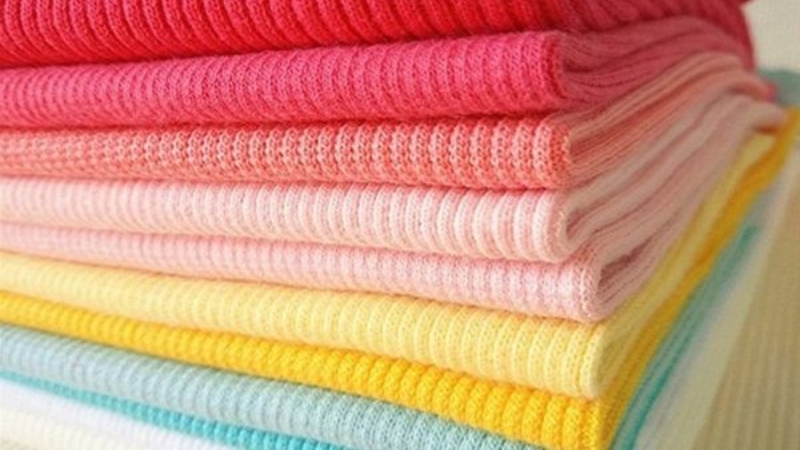 Textile - Not just a material but also a source of inspiration for art and design[/caption]
Textile - Not just a material but also a source of inspiration for art and design[/caption]
8. Related questions
8.1. Is Textile material durable?
Textile fabrics are famous for their high durability, wrinkle resistance and easy washing. However, the durability of Textile fabrics depends on many factors such as fabric type, weaving method, care and preservation. For example, woven fabrics are often more durable than knitted fabrics, natural fiber fabrics may be less durable than synthetic fibers,...
8.2. How to preserve Textile fabric?
To keep your Textile products durable and beautiful, you should note the following:
- Wash at appropriate temperature, do not wash with clothes of contrasting colors.
- Dry in a cool place, avoid direct sunlight.
- Do not wring or twist the fabric too hard.
- Store the product in a cool, dry place, away from moisture.
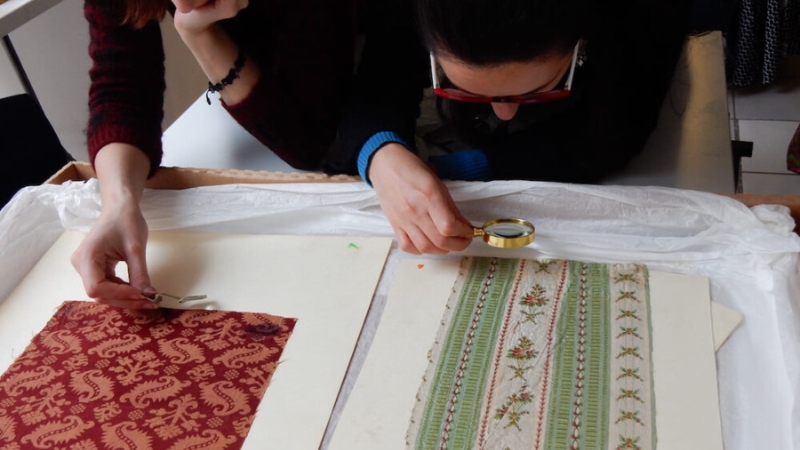 Store Textile fabric in a dry, cool place, away from moisture and mold[/caption]
Store Textile fabric in a dry, cool place, away from moisture and mold[/caption]
Above is an article to help you answer questions about what Textile material is , as well as the characteristics, advantages, disadvantages and diverse applications of the product in life. Shondo hopes that the article has given you a comprehensive view and useful knowledge about the colorful world of fabrics.
Related Articles

Nếu bạn đã và đang sở hữu cho mình đôi giày ballet sneaker nhưng vẫn chưa biết outfit nào phù hợp. Xem ngay bài viết này với 5 cách phối đồ với giày ballet sneaker đẹp không có điểm trừ cùng Shondo...

Squid Game 3 chính thức khuấy đảo trên màn ảnh, bạn đã sẵn sàng ngồi liền 6 tập để xem cuộc chiến sinh tồn lần cuối của Gi-Hun chưa? Dưới đây là combo cuối tuần “chuẩn sinh tồn hiện đại” mà Shondo ...

Phong cách Retro là gì mà được nhiều người săn đón như vậy? Cùng Shondo tìm hiểu qua bài viết sau đây để biết thêm nhiều điều thú vị từ điểm đặc trưng cho đến cách phối đồ như thế nào là chuẩn nhé....

Một trong những trào lưu nổi bật gây sốt trên các cộng đồng yêu thời trang chính là phong cách Maillard. Nhưng điều gì khiến chúng lại có sức hút lớn đến như vậy? Shondo sẽ giúp bạn hiểu rõ hơn về...

Áo Polo nữ - item nghe thì tưởng già nhưng thực ra lại đang quay trở lại mạnh mẽ. Từ sân golf đến sân trường, từ văn phòng đến quán cafe, chiếc áo đơn giản với cổ bẻ đặc trưng này bỗng trở nên đa n...
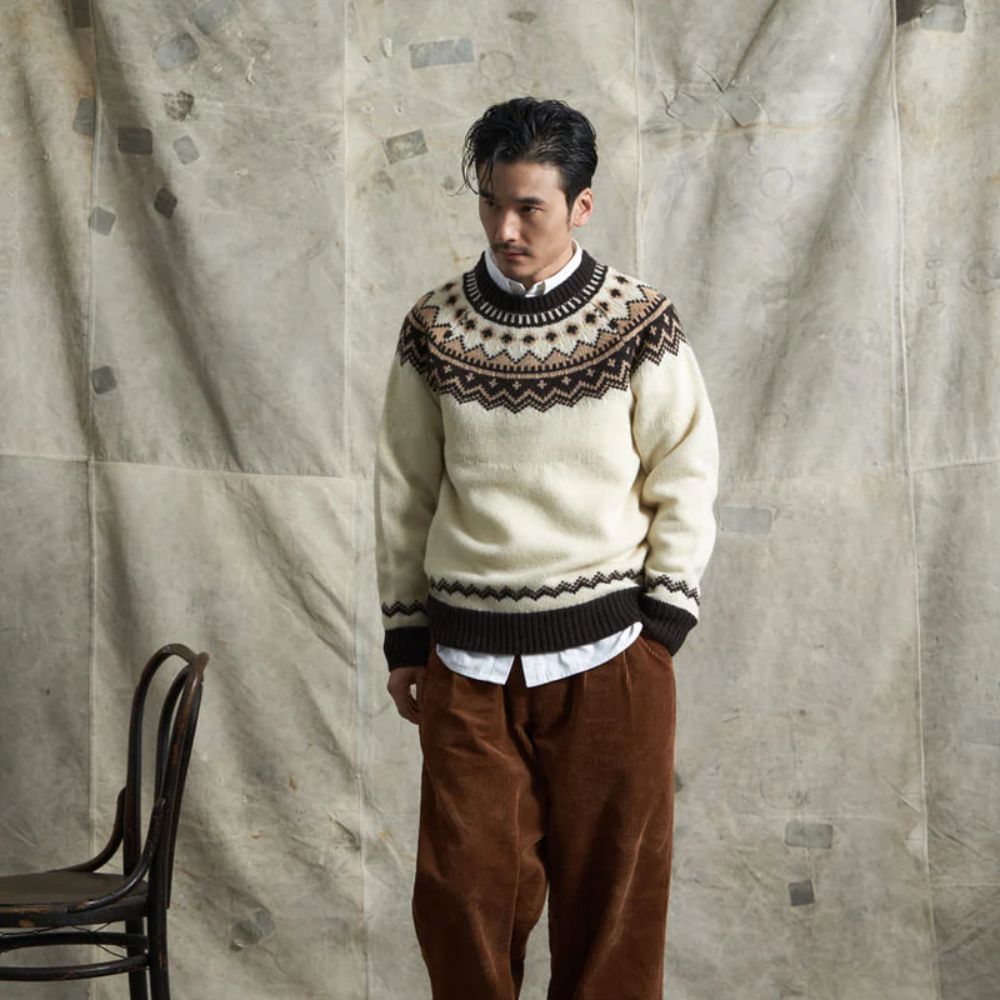
Phối đồ Vintage trong giới thời trang mang đến những nét độc đáo rất riêng. Phong cách này trở thành xu hướng phổ biến không chỉ ở nữ mà còn xuất hiện nhiều ở nam giới. Shondo sẽ cho bạn thấy điều ...

